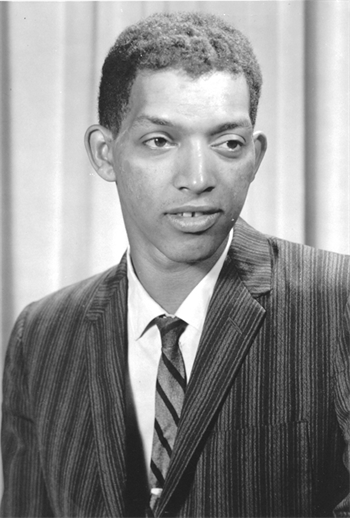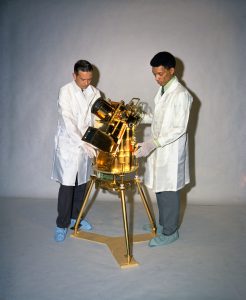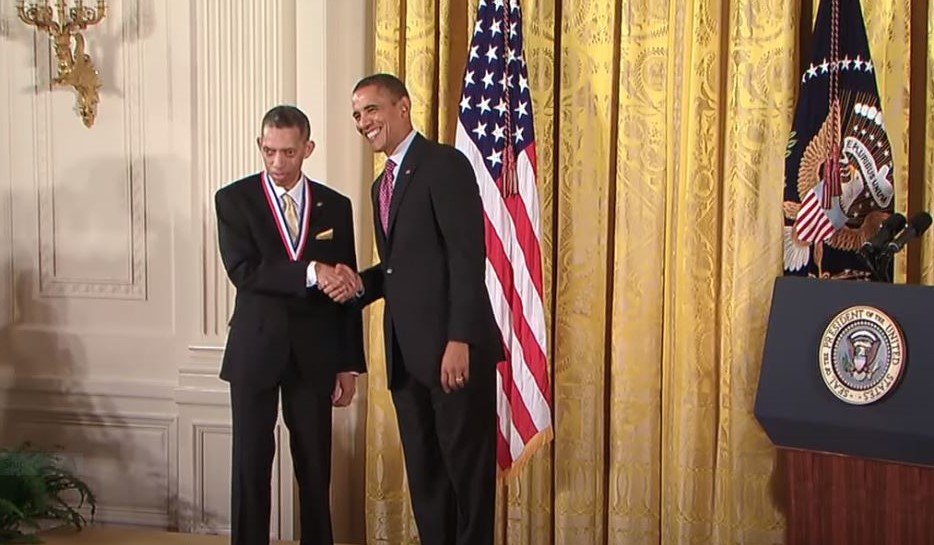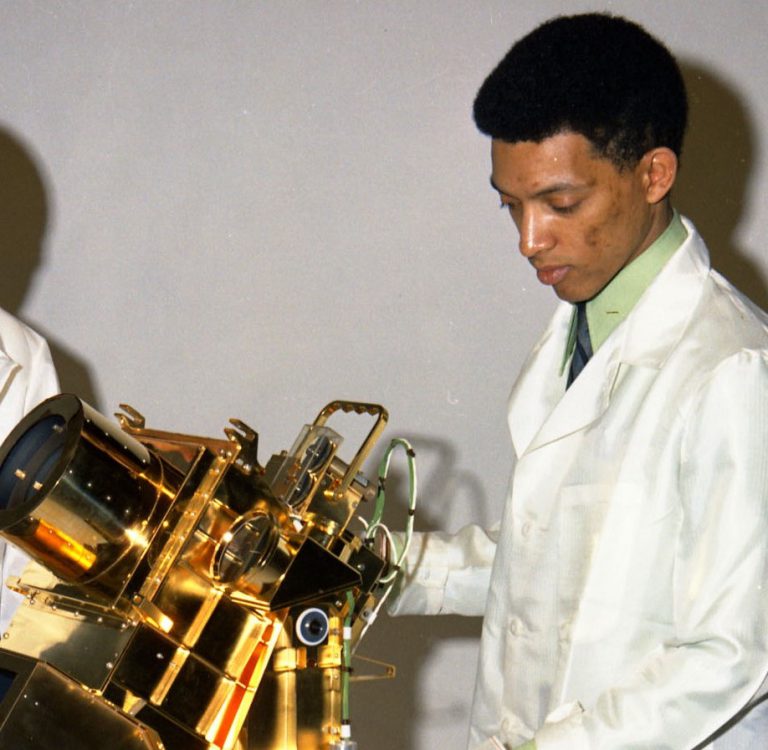
Editor’s Note: our original story incorrectly reported Carruthers earned his Bachelor of Science, Masters of Science and doctorate degrees in Aeronautical Engineering. His his MS degree was from the Department of Nuclear Engineering. We’ve updated the story.
URBANA – Many are remembering an astrophysicist from Illinois who developed technology critical to America’s space program, including a telescope and camera used by astronauts on the moon. The National Society of Black Physicists announced the death of George R. Carruthers on December 26, 2020.
According to the Washington Post, Carruthers was born in Cincinnati, Ohio in 1939. His family resettled in Chicago. According to the Office of Naval Research and the Naval Research Laboratory, Carruthers grew up during the space race and built telescopes and rockets as a child.
During the 1960’s, he earned his Bachelor of Science and doctorate degrees in Aeronautical Engineering at the University of Illinois at Urbana-Champaign. He earned his Masters of Science degree from U of I’s Department of Nuclear, Plasma and Radiological Engineering, then the Department of Nuclear Engineering. According to an interview given in 1992, Carruthers attended the University of Illinois because his father also studied engineering there.
According to NASA, Carruthers first detected molecular hydrogen in space. Later, he was photographed standing next to his invention, the first moon based telescope and camera. It was developed for the Apollo 16 mission. In April 1972, astronauts placed the instrument in the Moon’s Descartes highland region, where it remains to this day. On NASA’s website, Carruthers said the technology changed understanding of our planet.

“The most immediately obvious and spectacular results were really for the Earth observations, because this was the first time that the Earth had been photographed from a distance in ultraviolet (UV) light, so that you could see the full extent of the hydrogen atmosphere, the polar auroris and what we call the tropical airglow belt.”
With his telescope, scientists were first able to see concentrations of pollutants in Earth’s atmosphere and see UV images of more than 550 stars, galaxies and space elements unrecognizable by the naked eye.
Carruthers created the telescope and camera while at the Naval Research Laboratory.
According to NASA, Carruthers also developed the following:
- An instrument that captured a UV image of Halley’s Comet
- Technology with two cameras sensitive to different UV wavelengths, used on a space shuttle mission in 1991
- Instruments on a Department of Defense satellite launched in 1999 that captured UV images of Earth’s polar auroras

The Washington Post noted that Carruthers “was one of the country’s leading African American astrophysicists and among the few working in the space program.”
The Post also reported that Carruthers began working in the 1980’s on science outreach programs in schools with large numbers of Black students. In his later years, Carruthers taught at Howard University, an historically Black higher education institution in Washington, DC.
In 2012, President Barack Obama awarded the National Medal of Technology and Innovation, to Carruthers.
Carruthers was 81-years-old. He is survived by his wife and two brothers.

